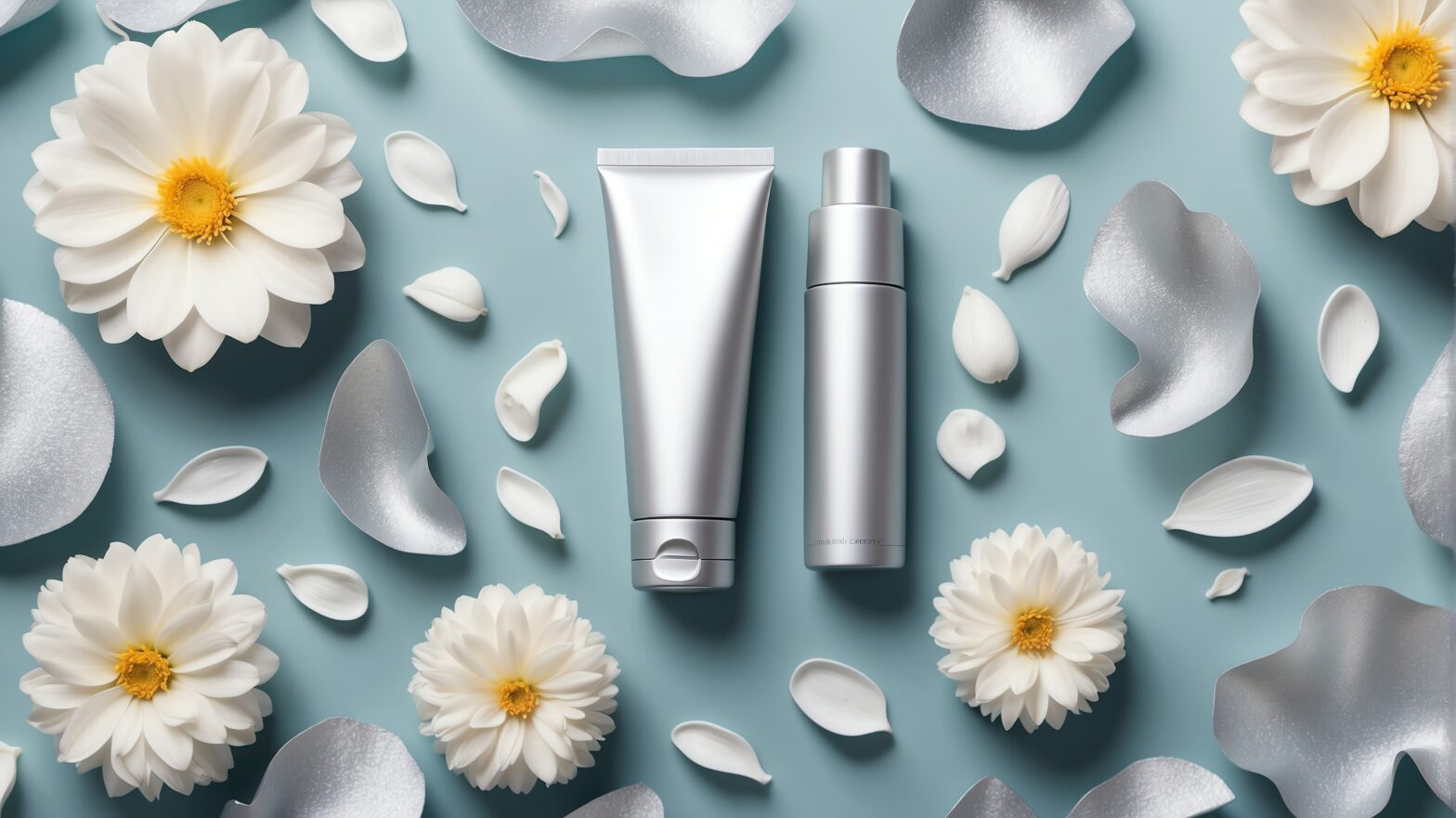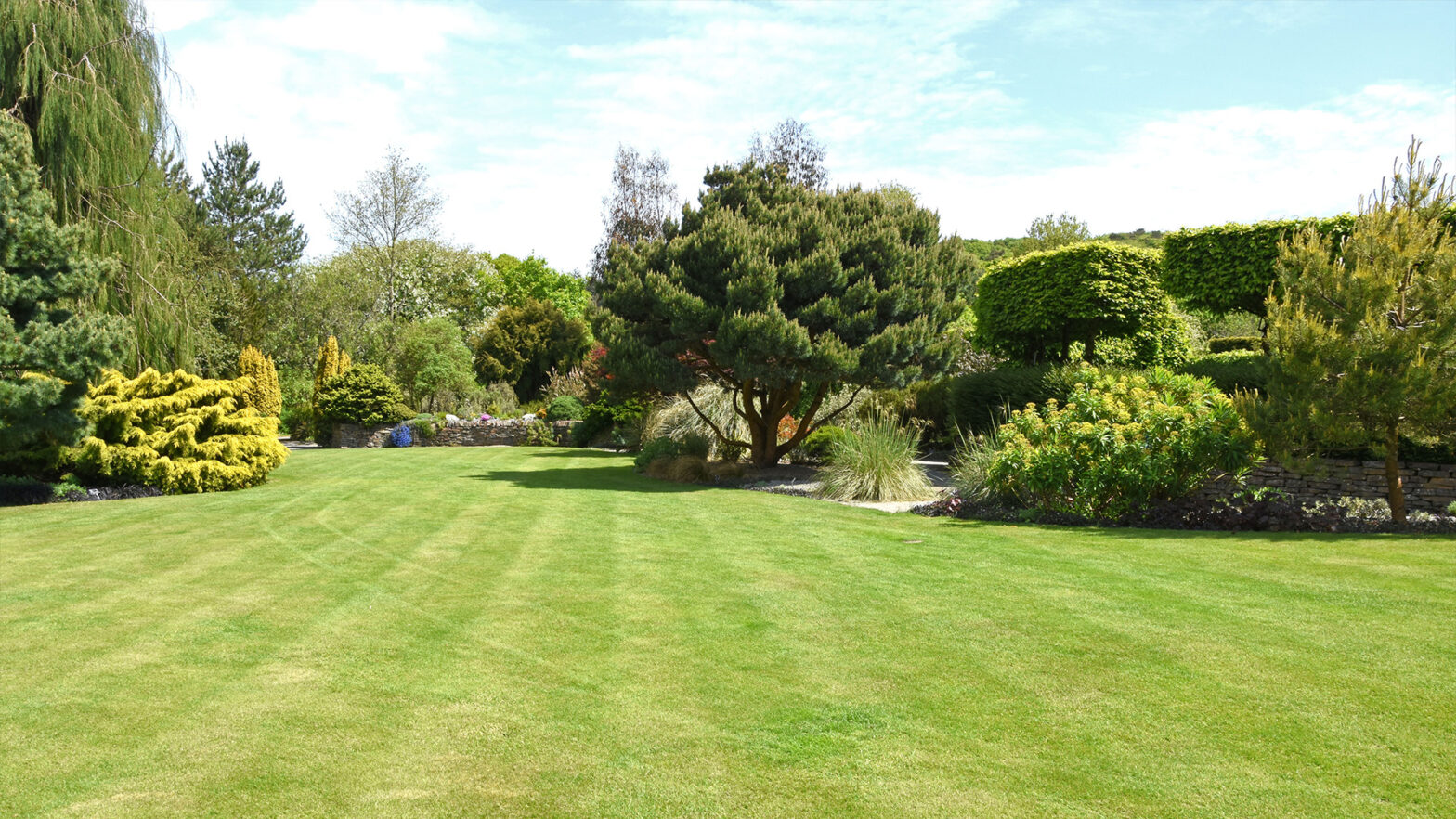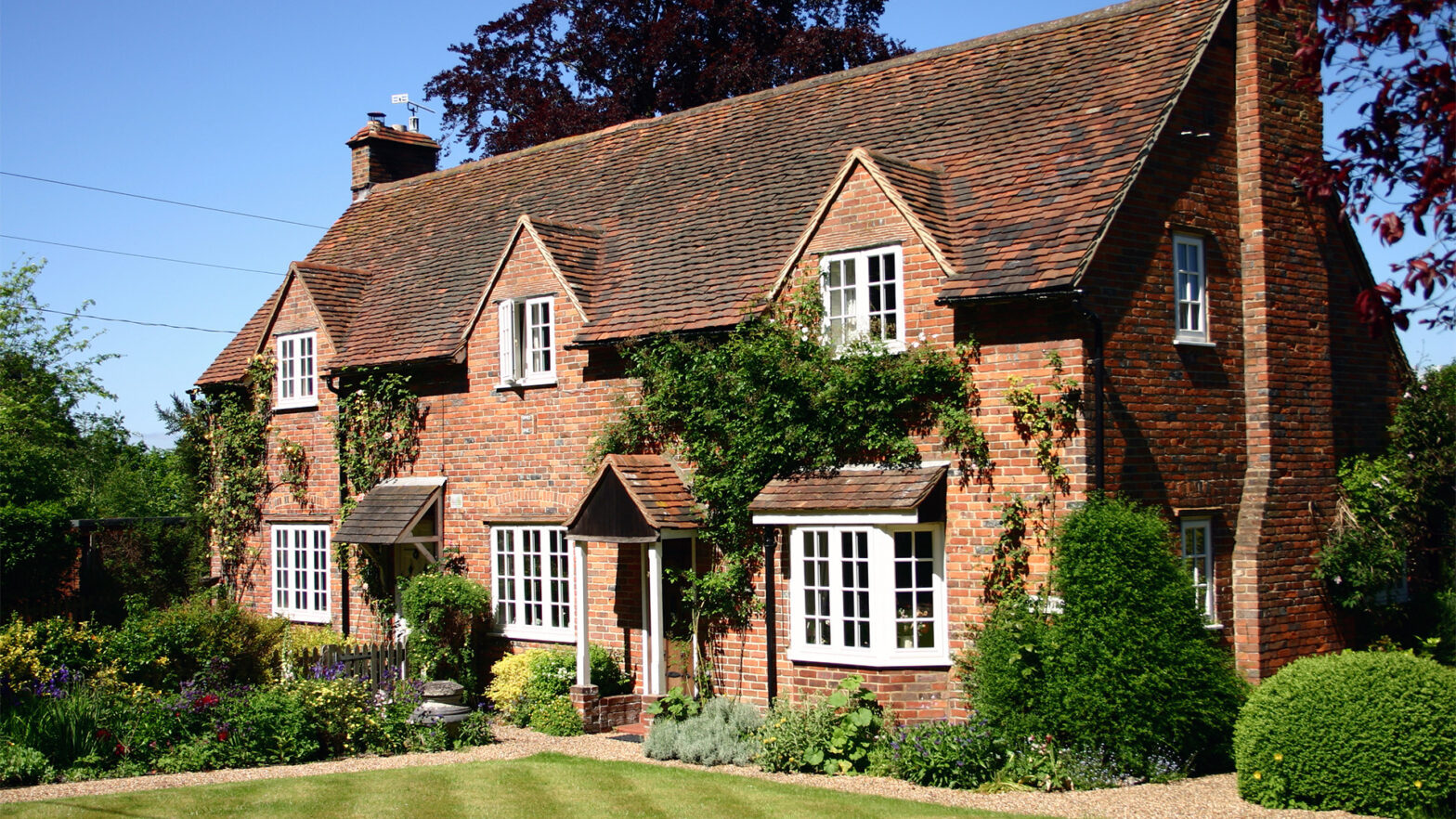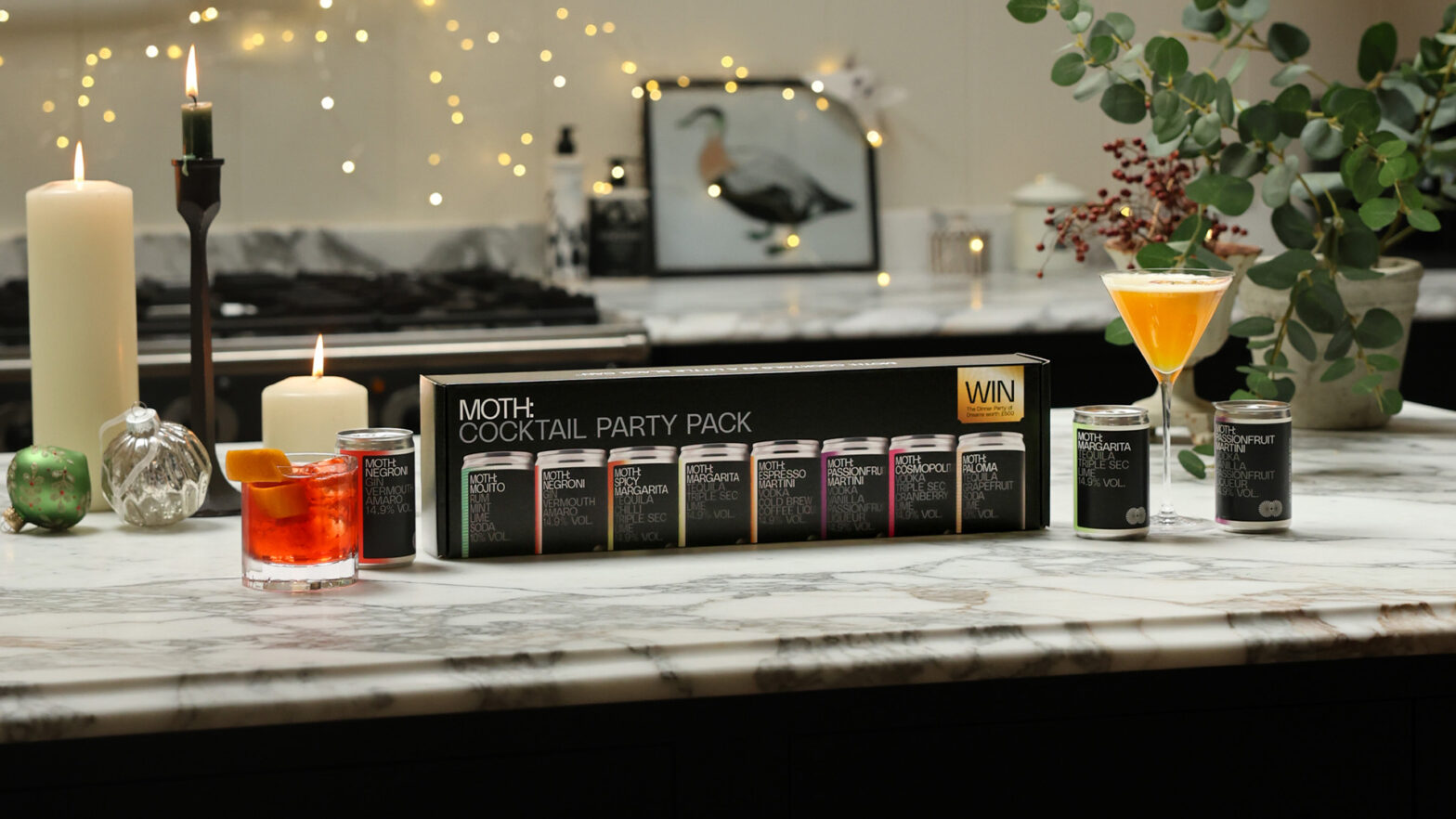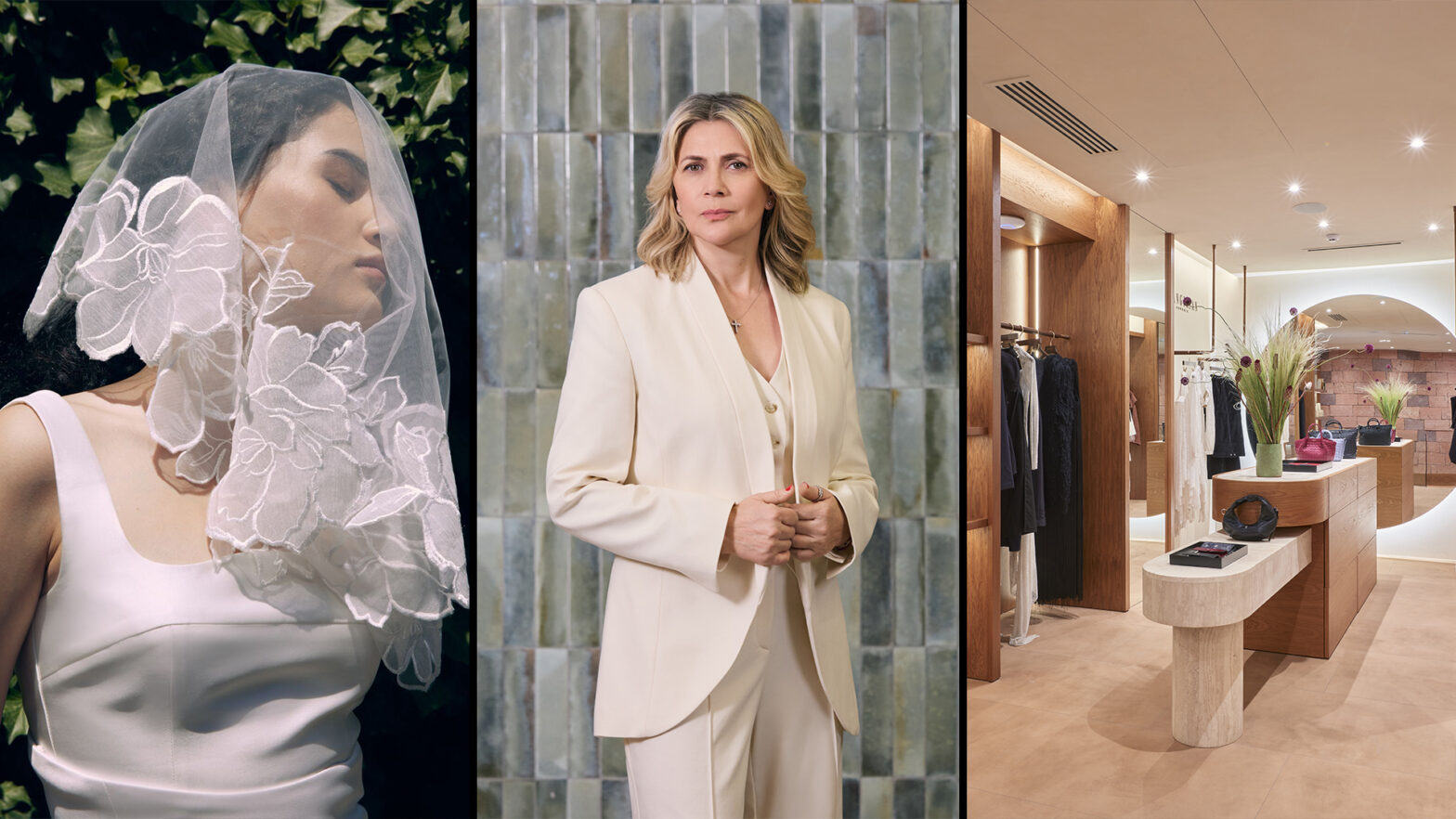Purple shampoo is no ordinary hair care product. This vibrant, violet-hued elixir has taken the beauty world by storm, becoming a must-have for anyone with blonde, silver, or bleached hair. But what exactly makes it so special? The answer lies in its unique ability to neutralize unwanted brassy tones, keeping your hair looking cool and fresh. Let’s dive into the science behind purple shampoo, explore its benefits, and discover how to make the most of this powerful tool in your hair care routine.
What Is Purple Shampoo?
At its core, purple shampoo is a toning shampoo designed specifically for blonde, white, or bleached hair. It contains crushed violet pigments that neutralize brassy, yellow tones that can ruin your hair’s color. But why purple? The answer is found in the color wheel. Purple is directly opposite yellow on the color spectrum, meaning it can counteract yellow hues, effectively canceling them out and leaving your hair with a cooler, more vibrant tone.
Purple shampoo is not just a salon-exclusive secret. It’s an at-home solution that allows you to maintain your hair color between salon visits, keeping those pesky brassy tones at bay. Whether you’re a natural blonde, a silver fox, or someone who’s gone platinum, this shampoo is your best defense against the unwanted yellowing that can occur over time.
How Does Brassiness Occur?
Before understanding how it works, it’s essential to know why brassiness happens in the first place. Brassiness is the appearance of unwanted warm, yellow tones in lightened hair. This can occur for several reasons:
- Sun Exposure: UV rays can strip your hair of its color, leading to brassiness.
- Chlorine and Minerals: Swimming pools and hard water can deposit minerals in your hair, causing it to turn yellow.
- Oxidation: Hair color naturally oxidizes over time, especially when exposed to air and sunlight, leading to a brassy tone.
The Science of Neutralization
Purple shampoo works through a process called color neutralization. When you apply it to your hair, the violet pigments interact with the yellow tones. Because these colors are opposites on the color wheel, the purple cancels out the yellow, leaving your hair with a more balanced, cool-toned appearance.
This process is especially important for those who have undergone bleaching or coloring treatments. Bleached hair is particularly porous, which means it can absorb environmental pollutants, chlorine, and other elements that lead to brassiness. By incorporating purple shampoo into your routine, you can counteract these effects and maintain the color you desire.
How Often Should You Use It
The frequency with which you should use purple shampoo depends on your hair type and the level of brassiness you’re trying to combat. As a general rule, start by using it once a week. If your hair is particularly brassy or if you want a more intense effect, you can gradually increase the frequency to two or three times a week.
How Long Should You Leave It In?
One of the most common questions people have about purple shampoo is how long they should leave it in their hair. While it might be tempting to leave it on for an extended period to achieve a more intense result, this isn’t necessary. Generally, leaving it for 3 to 5 minutes is enough to neutralize brassy tones effectively.
If you leave it in for too long, especially on very light or porous hair, you might end up with a slightly purple tint. However, this isn’t permanent and can usually be corrected by washing your hair with a clarifying shampoo.
Does Purple Shampoo Work on Other Hair Colors?
While purple shampoo is primarily marketed towards blondes and those with bleached hair, it can also benefit other hair colors. For example, those with gray or silver hair can use it to maintain a vibrant, cool tone and eliminate any yellowing. Even those with naturally white hair can benefit from the occasional use of purple shampoo to keep their hair looking bright and fresh.
However, if you have darker hair with warm undertones (like brunettes with highlights), you might want to consider using a blue shampoo instead. Blue shampoo works similarly to purple shampoo but is designed to counteract orange and red tones rather than yellow.
Common Misconceptions About Purple Shampoo
Despite its popularity, there are several misconceptions about purple shampoo that can lead to confusion:
- Myth: Purple Shampoo Lightens Hair: Purple shampoo does not lighten hair. Its primary function is to neutralize brassy tones, not to bleach or lighten the hair color.
- Myth: Leaving Purple Shampoo on Longer Yields Better Results: Leaving purple shampoo on for an extended period doesn’t necessarily improve its effectiveness. In fact, it can lead to over-toning, where your hair takes on a purple or silvery tint.
- Myth: Purple Shampoo Can Replace Regular Shampoo: While purple shampoo is an excellent tool for toning, it shouldn’t replace your regular shampoo. It’s best used in conjunction with your normal hair care routine to maintain the health and cleanliness of your hair.
Conclusion: Embrace the Power of Purple
Purple shampoo is more than just a trendy hair care product—it’s a scientifically backed solution to one of the most common problems faced by those with light-colored hair. By understanding how it works and how to use it effectively, you can keep your blonde, silver, or bleached hair looking vibrant, fresh, and brass-free.









